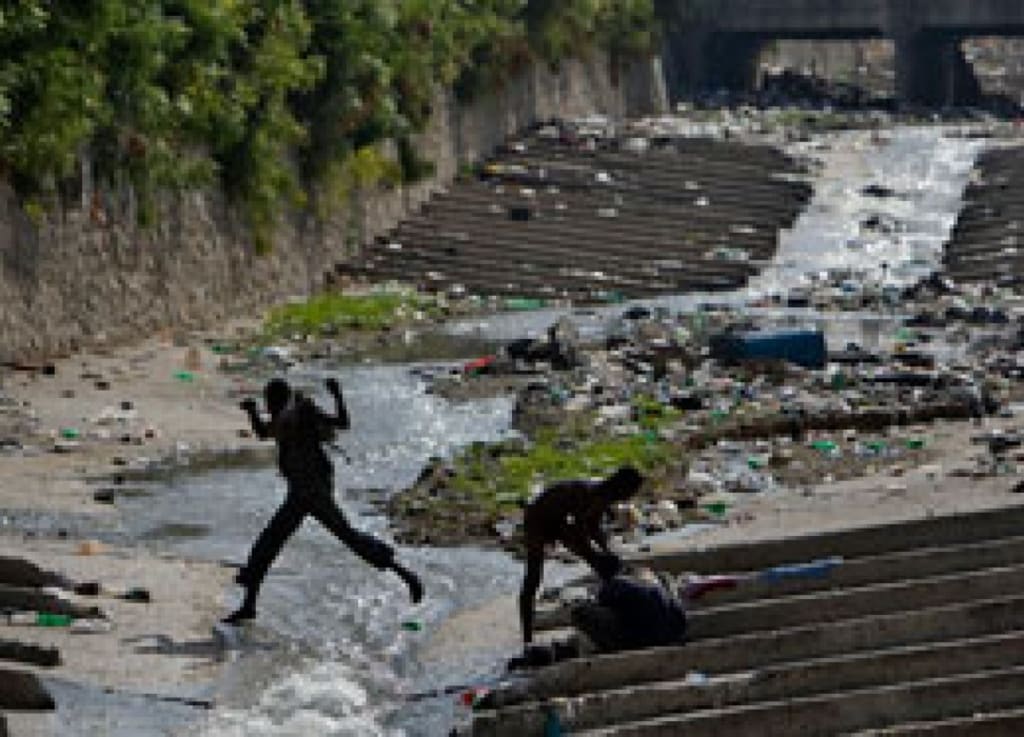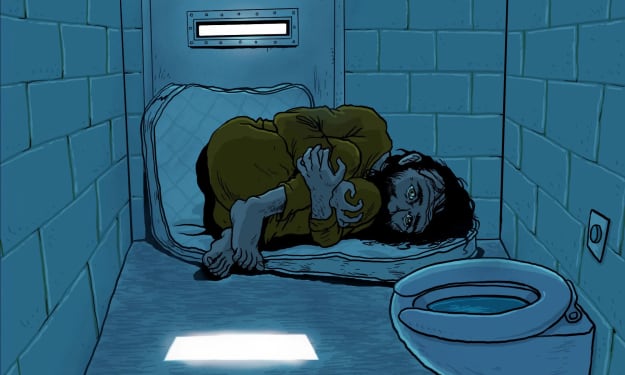Ripples of Contamination:
Chapter 3: Fields of Contamination: The Toll of Agricultural Runoff

In the vast expanses of farmland that stretch across the countryside, a silent menace lurks beneath the surface. It is the menace of agricultural runoff, a byproduct of modern farming practices that threatens to poison the world's waterways and destroy fragile ecosystems. In this chapter, we delve into the impact of agriculture on water pollution, exploring the ways in which fertilizer, pesticides, and other chemicals find their way from fields into rivers, lakes, and oceans.
We journey to the heartland of America, where the verdant fields of corn and soy stretch as far as the eye can see. Here, we witness the widespread use of chemical fertilizers and pesticides, designed to boost crop yields and maximize profits. But beneath the surface lies a hidden danger, as these chemicals leach into the soil and eventually find their way into nearby waterways.
We confront the devastating consequences of agricultural runoff, from the contamination of drinking water supplies to the proliferation of toxic algal blooms. We witness the toll that these pollutants take on aquatic life, from the decline of fish populations to the destruction of coral reefs. And we confront the harsh reality that even as farmers strive to feed a growing population, their practices may be unwittingly poisoning the very resources upon which their livelihoods depend.
But amidst the despair, there are signs of hope. We meet the farmers and scientists who are working to develop sustainable farming practices that minimize the impact of agriculture on water quality. From cover crops and crop rotation to precision irrigation and organic farming methods, we explore the myriad ways in which individuals and communities are working to strike a balance between food production and environmental protection.
As we navigate the fields of contamination, we are forced to confront uncomfortable truths about the true cost of cheap food. We are reminded that the industrialization of agriculture has come at a heavy price, one that is paid not only in polluted waterways and degraded ecosystems but also in the loss of biodiversity and the erosion of soil health.
In the chapters that follow, we will continue our exploration of water pollution, shining a light on the many faces of this global crisis. We will examine the impact of mining, urbanization, and climate change on the world's waterways, and we will explore the innovative solutions and bold actions that are needed to address this urgent challenge. And above all, we will seek to amplify the voices of those who are most affected by water pollution, ensuring that their stories are heard and their struggles are not forgotten.





Comments
There are no comments for this story
Be the first to respond and start the conversation.